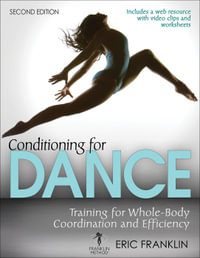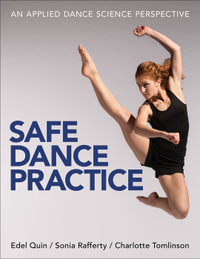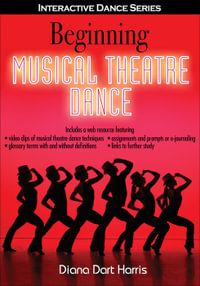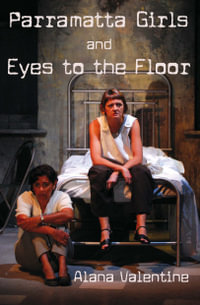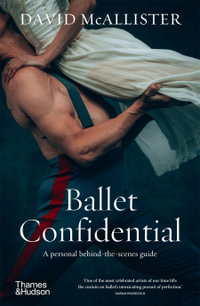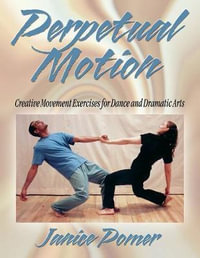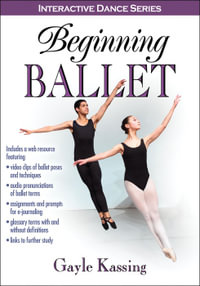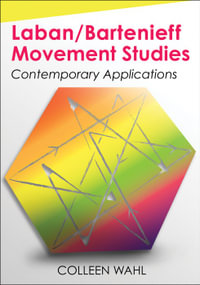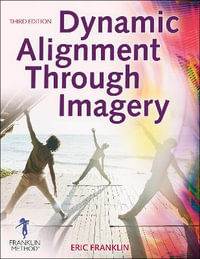The first in-depth analysis of state-sponsored, professional dance ensembles.
Winner of the Congress on Research in Dance's (CORD) Outstanding Publication Award (2003)
Over the past fifty years national dance companies from Turkey, Egypt, Mexico, Greece, the former USSR and Croatia have dominated concert stages throughout the world. Anthony Shay makes coherent sense of these national programs, which have previously received scant academic attention. Specifically, he looks at the ways through which these companies spread political, ethnic and cultural messages by accruing symbolic and cultural capital for their respective nation-states. In his analysis, Shay draws on cultural studies, political science and anthropology to create a work that cuts across disciplines.
As the first book to address the topic of state-sponsored folk dance ensembles and their structures, Choreographic Politics examines the repertoires, performances and choreographic strategies of these companies within the political, social, gendered and ethnic contexts in which each company was created. In addition, Shay's study includes a look at music, costumes, and various artistic directors and choreographers.
Industry Reviews
"This study of the politics of representation and authentication among state-sponsored or state-assisted 'folk ensembles' shows that dance is a culturally significant social phenomenaValuable for anyone teaching a course on dance ethnology, the anthropology of art or aesthetics."--James LaVita, Professor, University of Denver
""This study of the politics of representation and authentication among state-sponsored or state-assisted 'folk ensembles' shows that dance is a culturally significant social phenomenaValuable for anyone teaching a course on dance ethnology, the anthropology of art or aesthetics."--James LaVita, Professor, University of Denver
"Choreographic Politics paints a rich and lively portrait of a variety of the 20th Century's most well known and sophisticated state-supported folk dance ensembles, combining a scholar's interests with a practioner's understanding of the art and craft of folk dance choreography. All those interested in the interrelationships between aesthetics, performance, and the power structures of modern nation-states, will find this a thought-provoking, valuable book."--Sally Ann Ness, Associate Professor of Dance and Anthropology, University of California, Riverside





